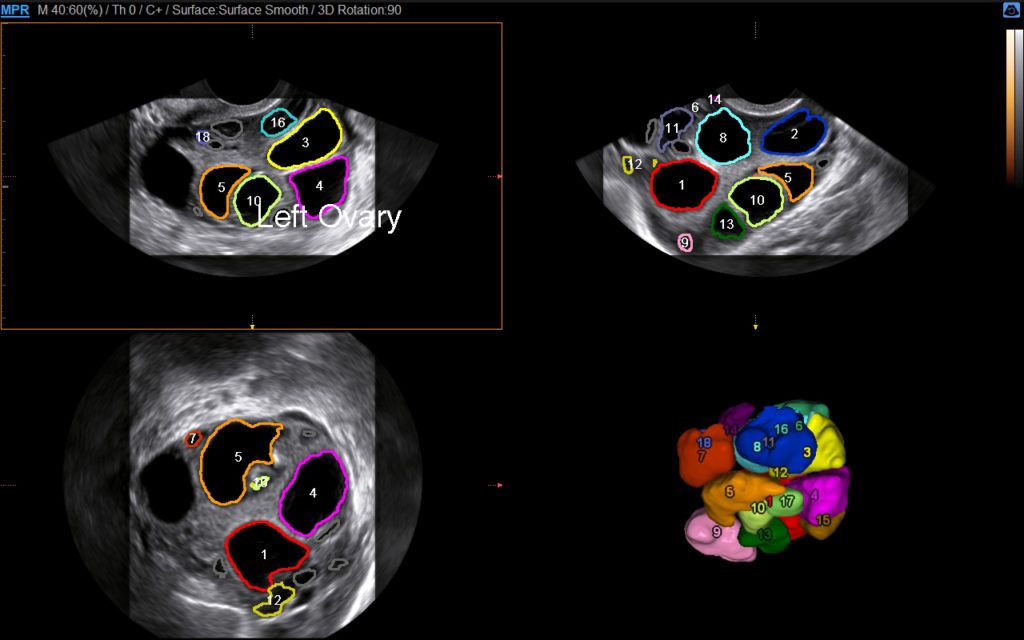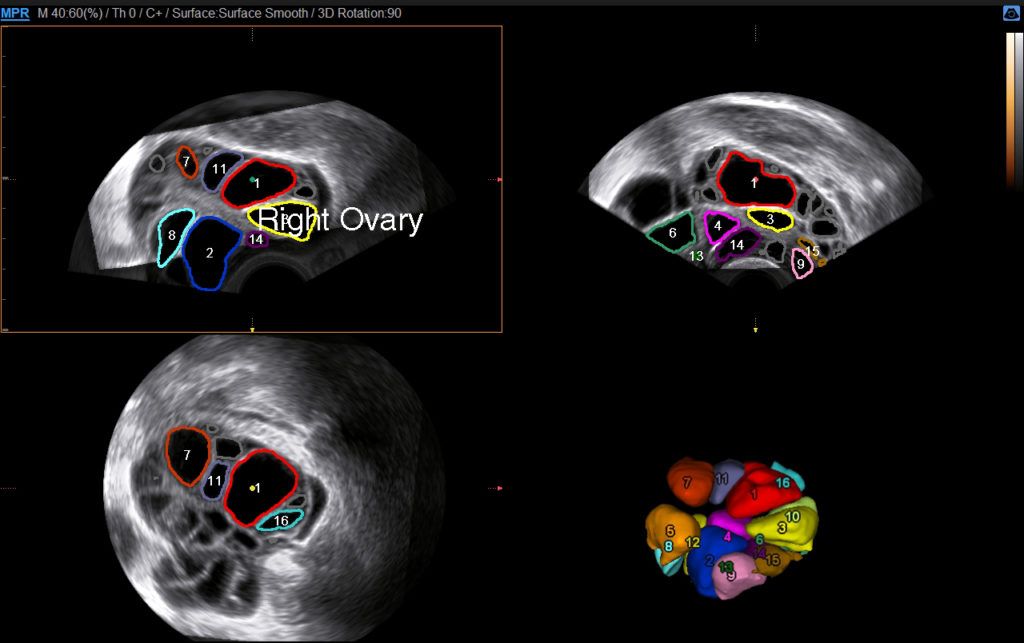Controlled Ovarian Stimulation
Controlled Ovarian Stimulation is a part of the treatment in assisted reproductive procedures like IUI and IVF or ICSI. In this procedure drugs are used to stimulate ovaries to develop and produce multiple eggs for multiple sperms to increase the pregnancy rates in IUI and IVF treatments.
Different protocols are available for controlled ovarian stimulation and these protocols may vary in each clinic. Evidence-based ovarian stimulation protocols are followed at Krishna IVF Clinic.
Protocols are broadly classified into agonist and antagonist protocols depending on the kind of injections used for controlled ovarian stimulation. Regarding pregnancy rates, choosing a suitable protocol for a cycle is crucial.


A long GnRH agonist protocol is followed at Krishna IVF Clinic.
Recombinant injections are used for better follicular and endometrial characteristics on the day of human chorionic gonadotropin injection. Dosage of medication needed for each patient is also very important to develop adequate number of eggs. Inadequate dosage of medication may cause suboptimal growth leading to yield of less eggs than anticipated.
Ovaries may be hyper stimulated making too many eggs if large dose of medication than required is used. This may lead to a condition called OHSS (Ovarian hyperstimulation syndrome).
Dr. G. A. Rama Raju who is an expert in the field of reproductive medicine is the author of the book named Individualized controlled ovarian stimulation which was published in 2016. He did paramount research and received a Ph.D. in Biotechnology for his thesis on LHCGR gene polymorphism which enhanced the accuracy of dosage of medication needed for stimulation avoiding risks. Currently, Controlled ovarian stimulation is more customized to patients’ needs at Krishna IVF Clinic reducing the incidence OHSS and improving the follicle oocyte ratio.
